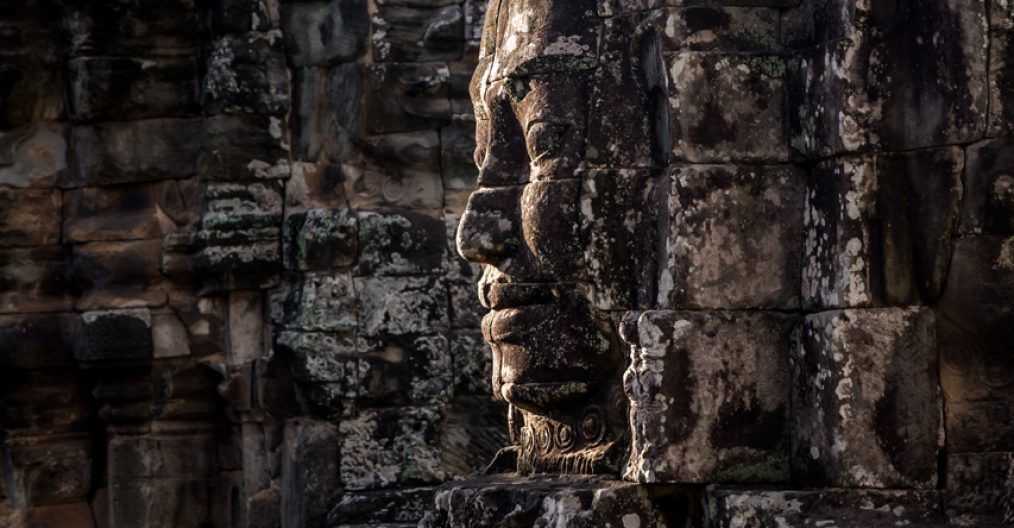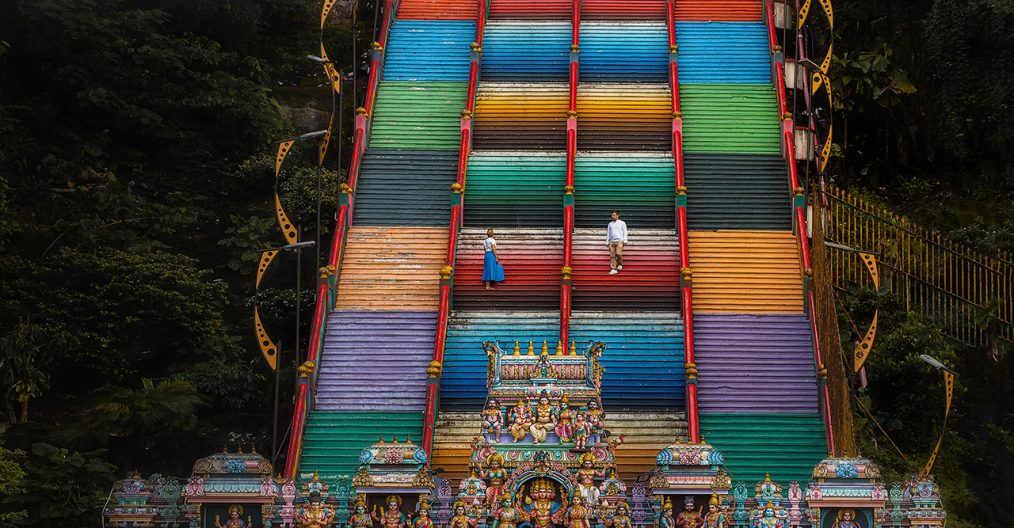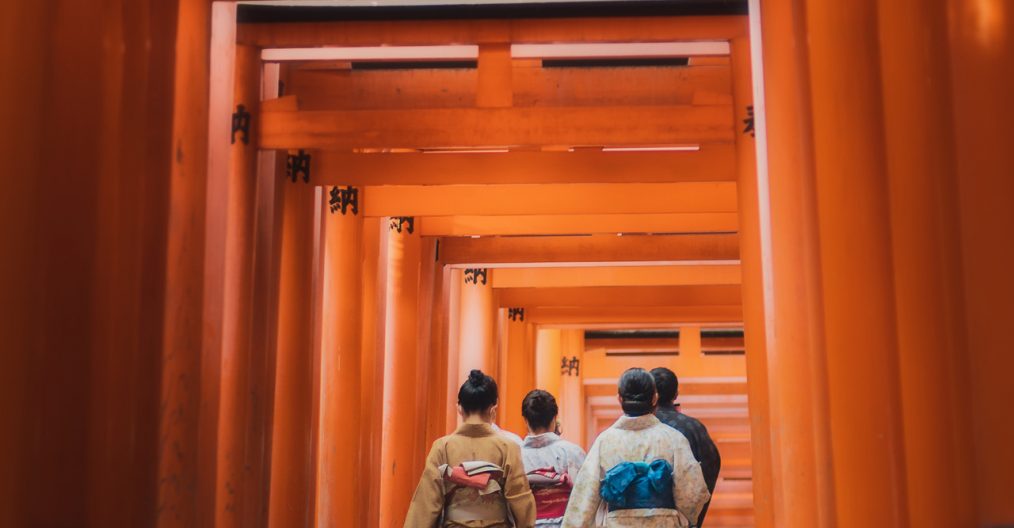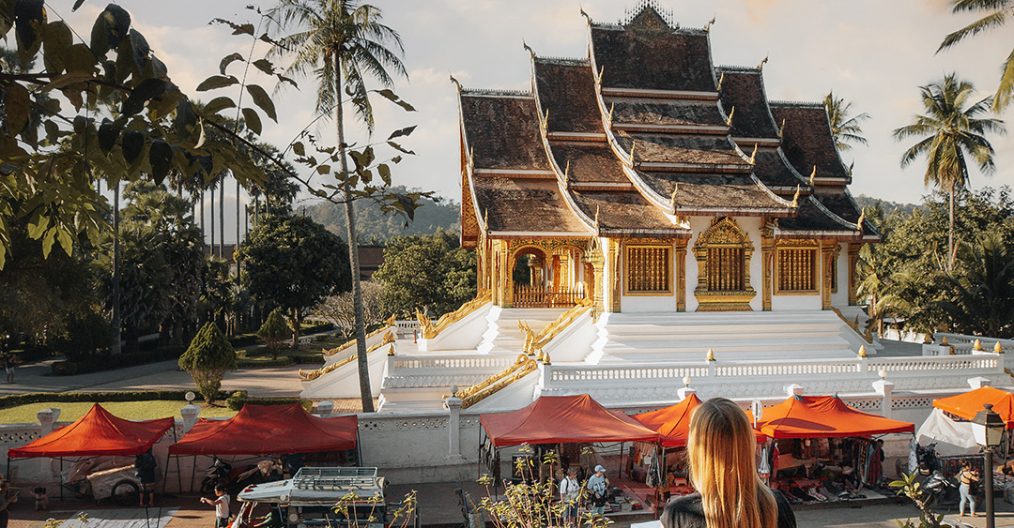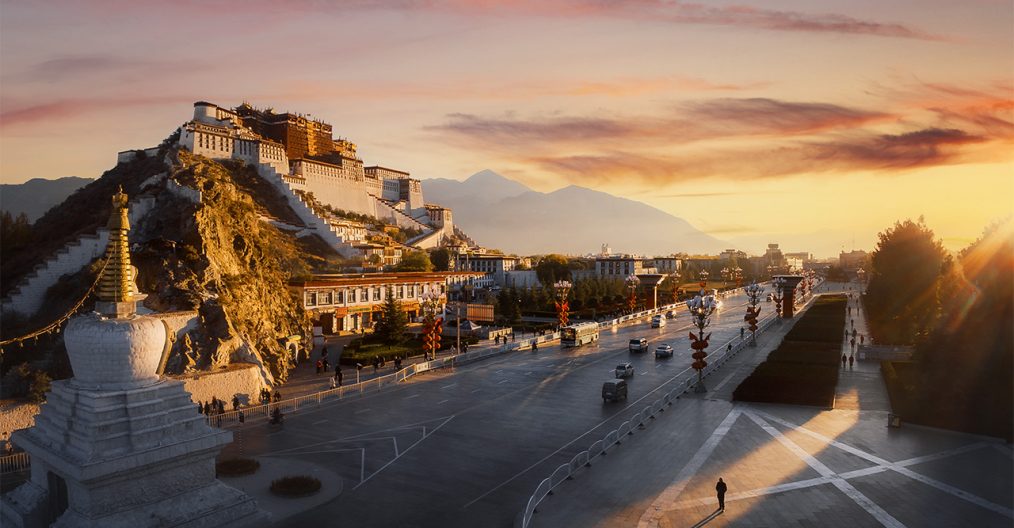During the spring season, travellers flock to Schagen, Netherlands, to see the tulip fields. The fields are located in the country’s north and are recognised for their brilliant colours and lovely surroundings. Millions of different colours and types of tulips bloom in the fields, making a beautiful sight. People can walk or ride their bikes through the fields to look at the tulips and take pictures of the beautiful scenery.
The Schagen tulip fields are also an excellent place to learn about the history and significance of tulip cultivation in the Netherlands. Visitors can learn about the various species of tulips, as well as how they are grown and harvested, at local flower parks.
When you go to the tulip fields in Schagen, you can enjoy the natural beauty of the Netherlands and look at the bright colours of the tulips at the same time. It’s a must-see for everyone who enjoys nature, photography, and gardening, and it’s a terrific way to learn about the Dutch heritage of tulip growing.



